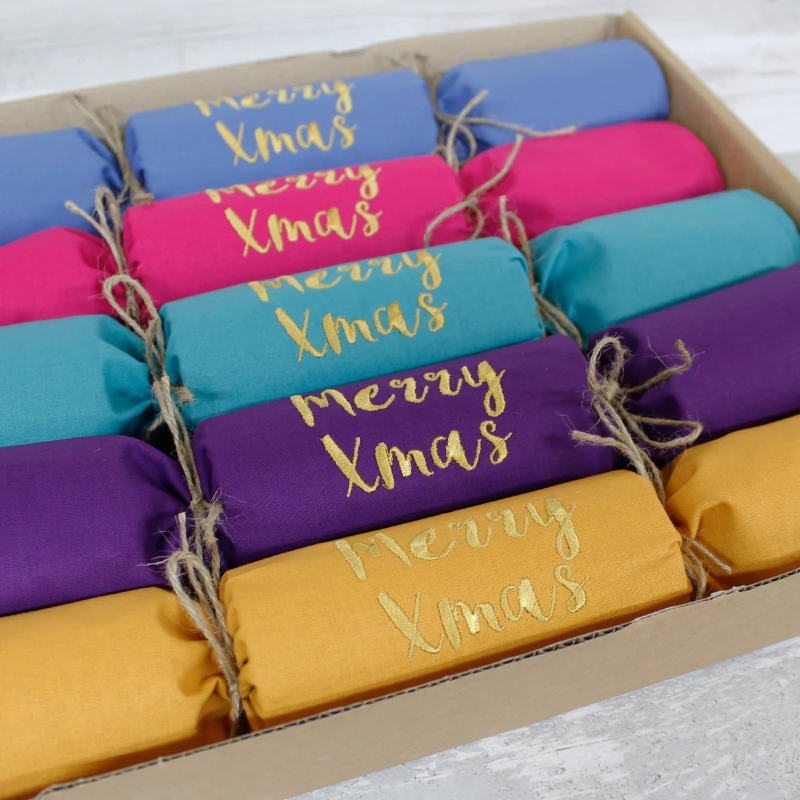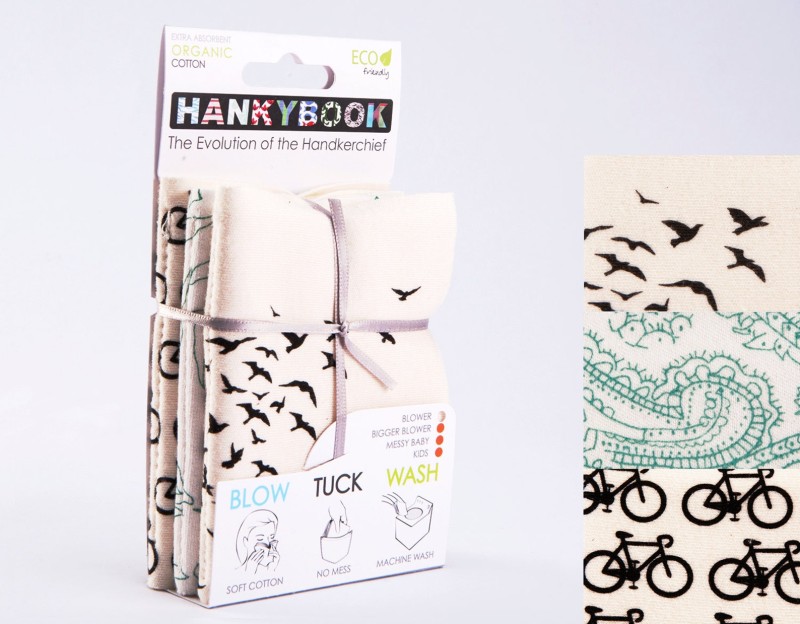How to Grow Your Own Organic Flowers
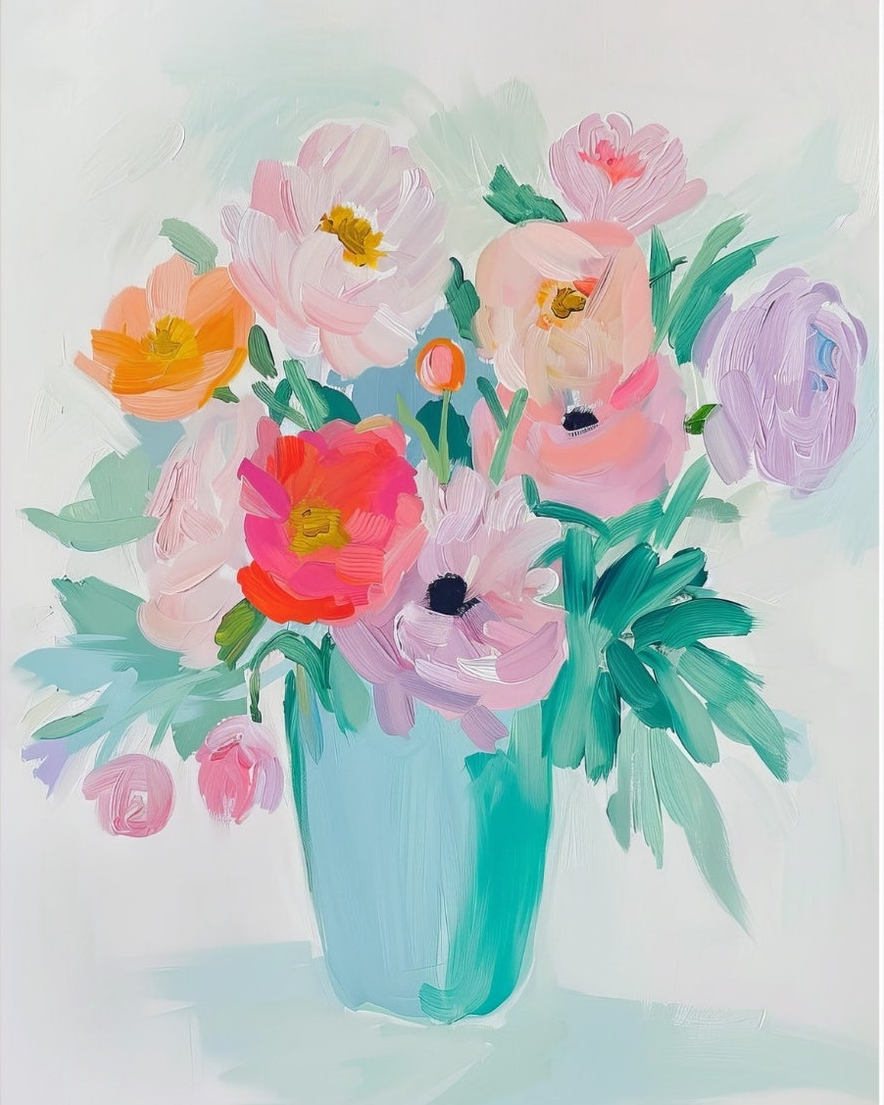
Most store-bought flowers are grown with chemicals, and shipped from across the world, feeling and looking like you would, if you’ve just arrived off a long-haul flight. Most have no scent, are packed in plastic and often don’t last. Growing your own organic flowers is a nod to the local flower miles movement.
Also read our posts on how to grow cheerful sunflowers and organic roses.
Keep Pets Safe Near Flowers
Many flowers (including all bulbs and most wildflowers are toxic to pets. Even brushing a tail past a lily can harm. For the same reason, only send plantable greetings cards to pet-free homes.
Use no-dig gardening and create pet-safe gardens and wildlife-friendly gardens. Avoid facing indoor foliage to gardens, to help stop birds flying into windows.
Flower Seed Kits for Small Spaces

Herboo makes seed kits for small spaces, including for beautiful flowers. The founder was inspired by his Granny, who taught him all she knew about plants. This London company focuses on organic seeds in moisture-free foil sachets, inside easy-to-recycle sleeves.
The range includes a Pollination Kit (adored by bees) along with an Edible Flowers Kit offer easy-blooms for your cooking including calendula, nasturtium and cornflower. Also good for decorating cakes! Some of these seeds are pet-toxic, so only use for pet-free homes.
Books to Grow Organic Flowers
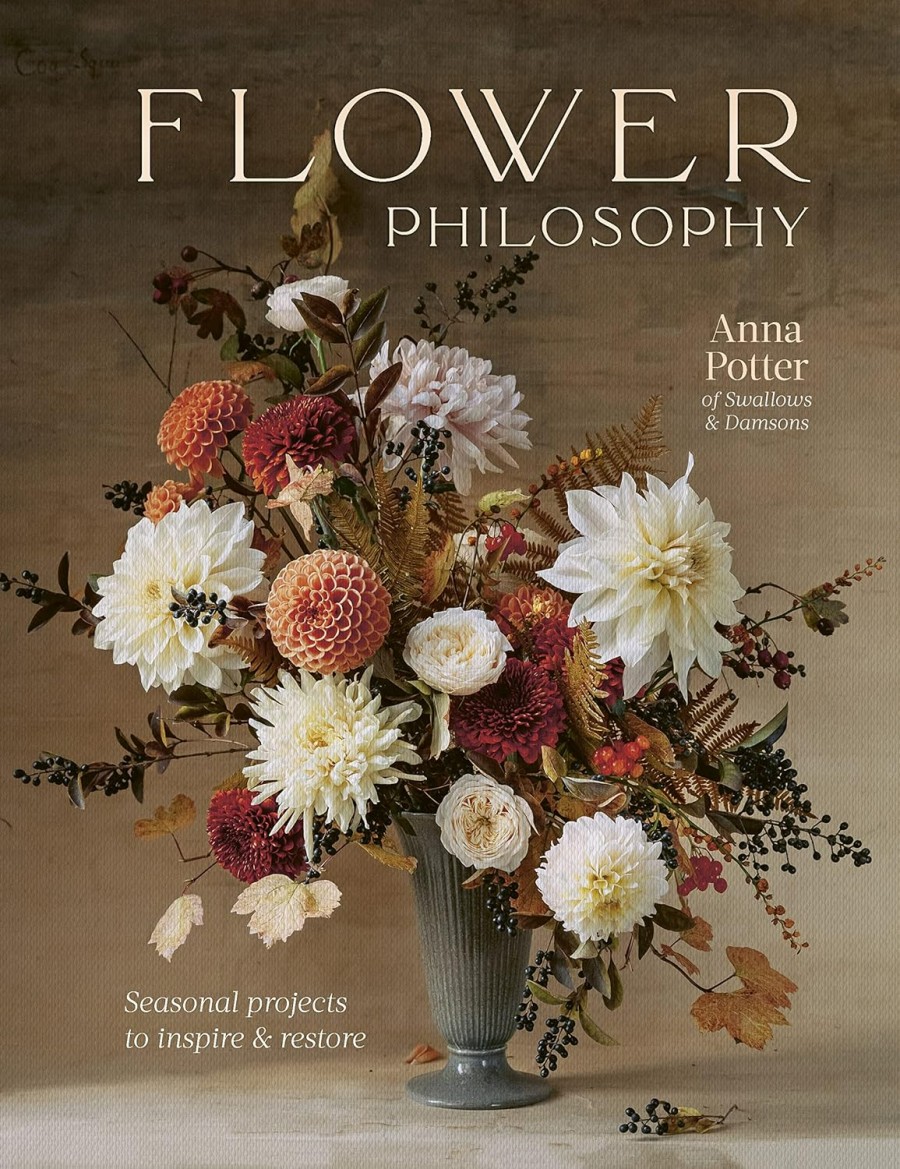
Flower Philosophy is a book of seasonal flower projects to inspire. Find 25 combinations of stems and foliage, with tips for budget-conscious choices (buds, weeds, foliage, fruits and vegetables). Includes an index of often-forgotten blooms.
A Flower Garden for Pollinators is by BBC Gardener’s World presenter Rachel de Thame, looking at how to provide garden habitats for bees, butterflies and other beneficial insects, by providing plants that are rich in nectar and pollen.
Arranged by season and illustrated with hand-painted watercolours and glorious photography, this is ideal for a small urban courtyard to a large country garden.
Did you know that sunflowers can grow 16 feet high? They also do a neat trick called heliotropism, so follow the sun (from east in the morning).
Where to Buy Seasonal Organic Flowers
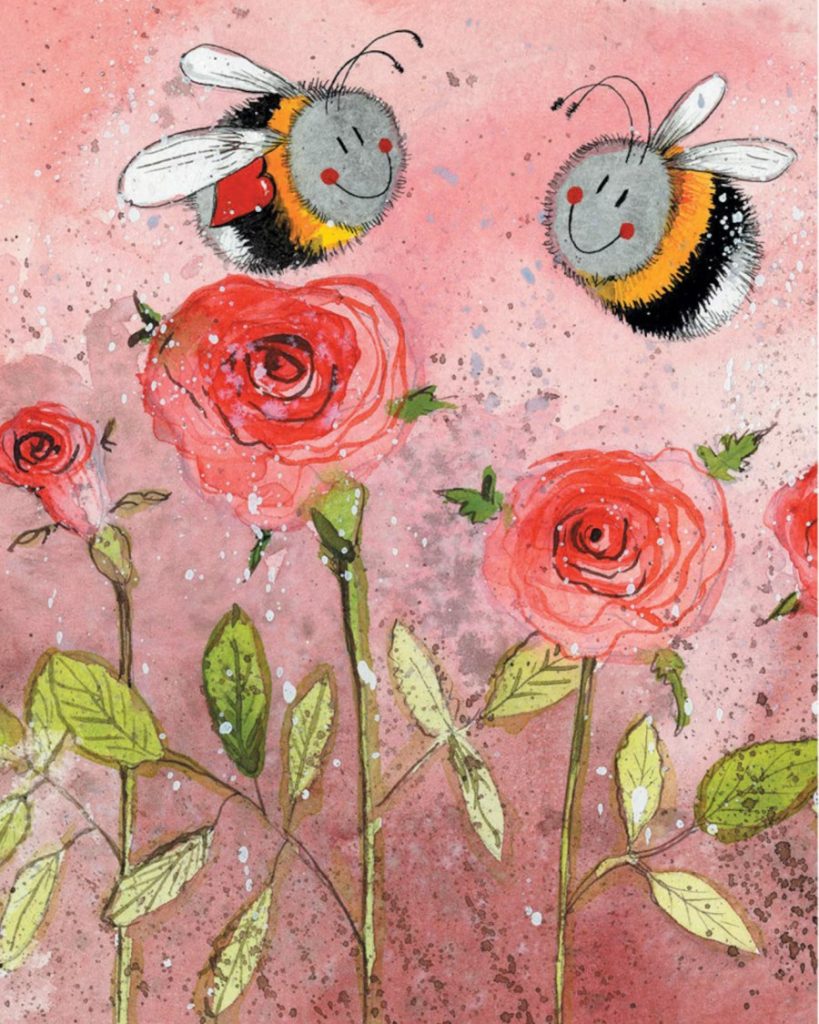
If you don’t want or can’t grow your own flowers, choose sustainable independent florists (find them at Flowers From the Farm).
One member is Bristol’s Organic Blooms, a social enterprise that also provides jobs for people with disabilities. Their bouquets are good for wildlife, and sold in compostable packaging. Somerset’s Common Farm Flowers also sells local flowers (collection only, and not available in winter!)
Store your flowers in a cool, dark place. Change the water regularly and keep trimming the stems. You can donate used bouquets to Floral Angels, where volunteers re-gift them, to people who need cheering up!
Zero Waste Alternatives to Floral Foam
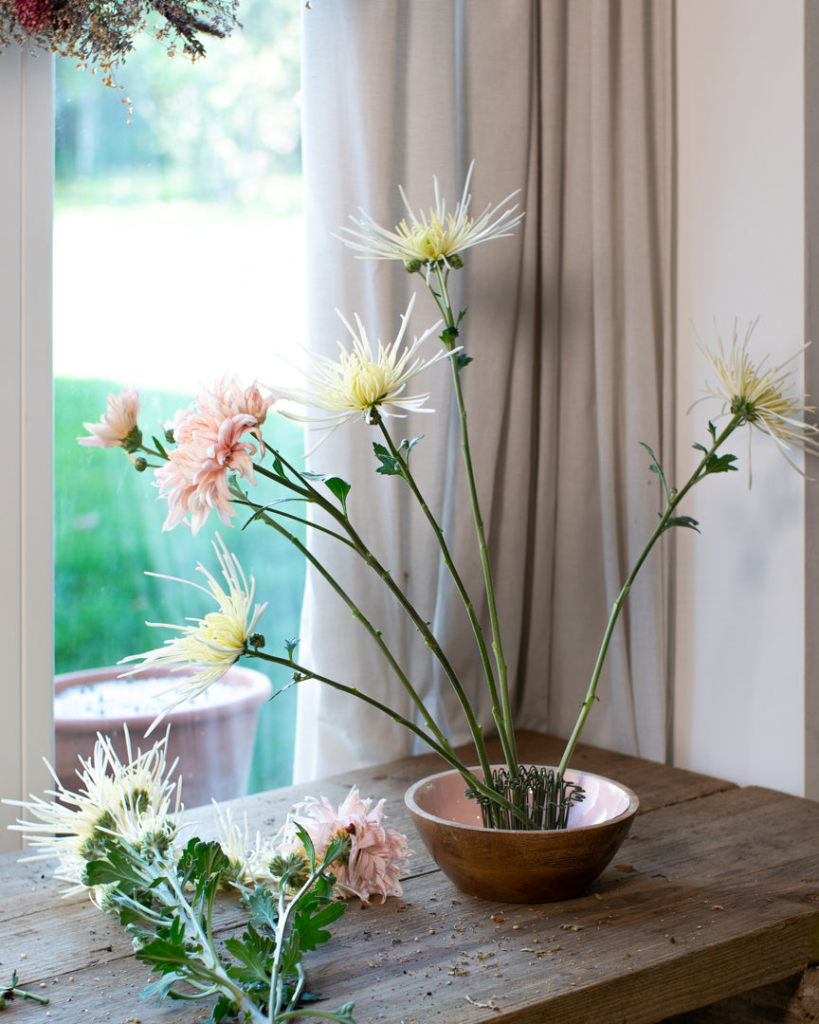
If you regularly arrange flowers (or work in a florist or undertaker home), know that conventional plastic floral foam is a no-no for the environment. Not only is it made from oil, but it degrades into microplastics. Sustainable Floristry Network has a detailed article on the reasons to avoid it.
The network says that most ‘biodegradable floral foam’ is anything but, and could release more chemicals than plastic, to cause more harm. It says to never ‘crumble such products into the soil’, as the companies advertise.
The best way to keep flowers fresh for longer, is simply to change the water regularly, which also helps to prevent bacteria. Prune leaves below the water-line, and keep the vase away from strong heat and light.
Hair Pin Flower Frogs
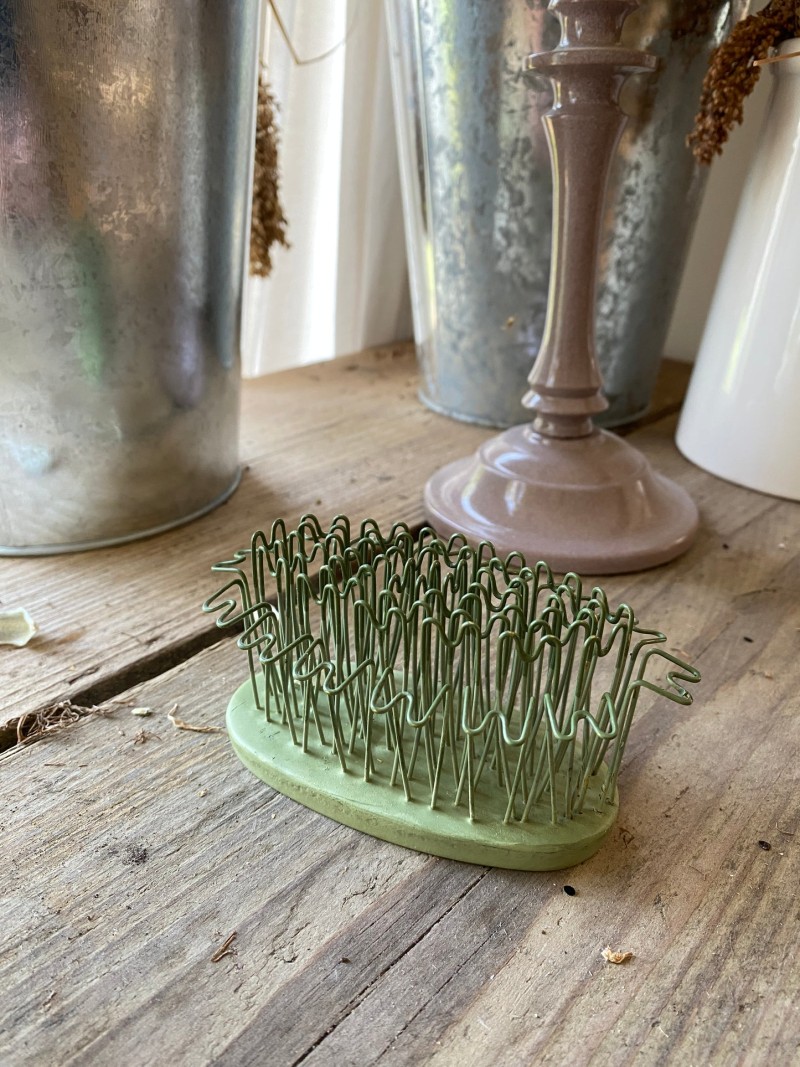
Hair pin flower frogs have been around since 1936, and still are popular today. Invented in the USA, these are flexible enough to bend with stems, but strong enough for woody sticker stems. Fix in place with florist’s clay.
Flower foam is used simply to become an ‘extension of the stem’, once flowers are cut, and placed into water. Flower foam also holds the stems in place, yet there is no proof that such foam extends the life of cut flowers.
Coconut Coir Compostable Flower Foam
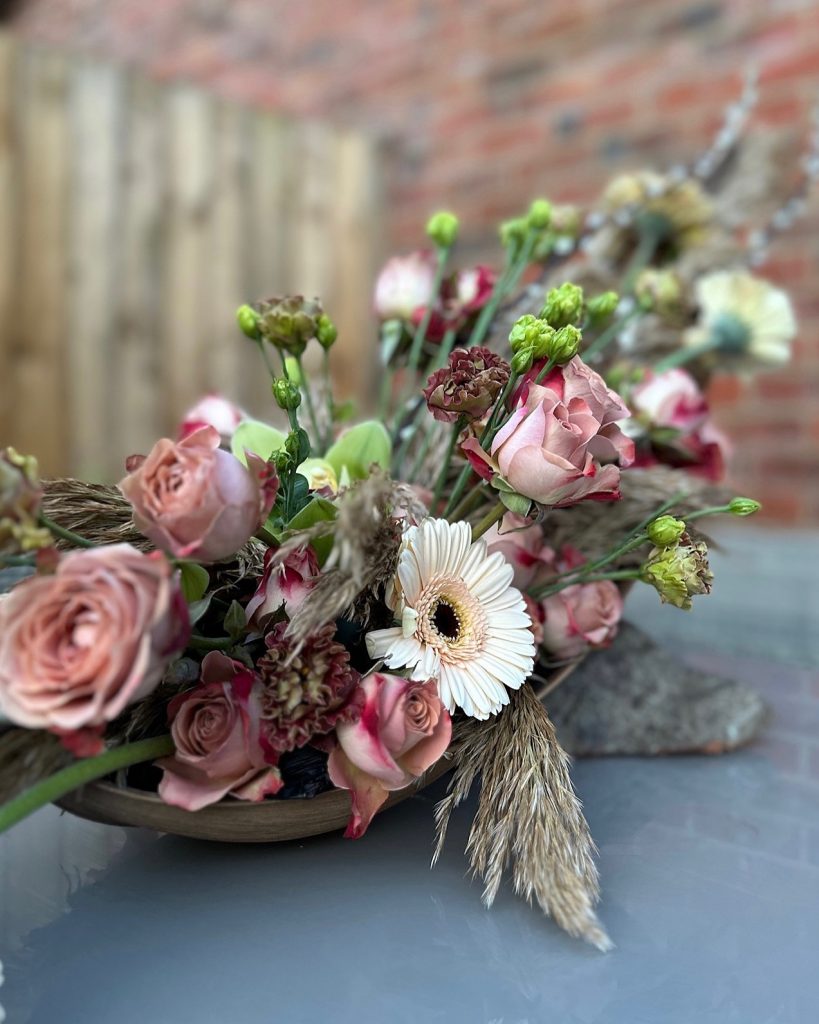
OshunPouch® is one sustainable alternative. These flat pouches (which expand in water) are biodegradable and compostable (made from bioplastic external membrane filled with coconut coir and plant-based gelling agent to absorb water).
To use, just puncture small holes with a skewer on both sides, then submerge in water for a few minutes. Insert your flowers and stems into the holes, to hydrate, checking and replenishing water regularly.
Biodegradable Rock Dust Flower Bricks
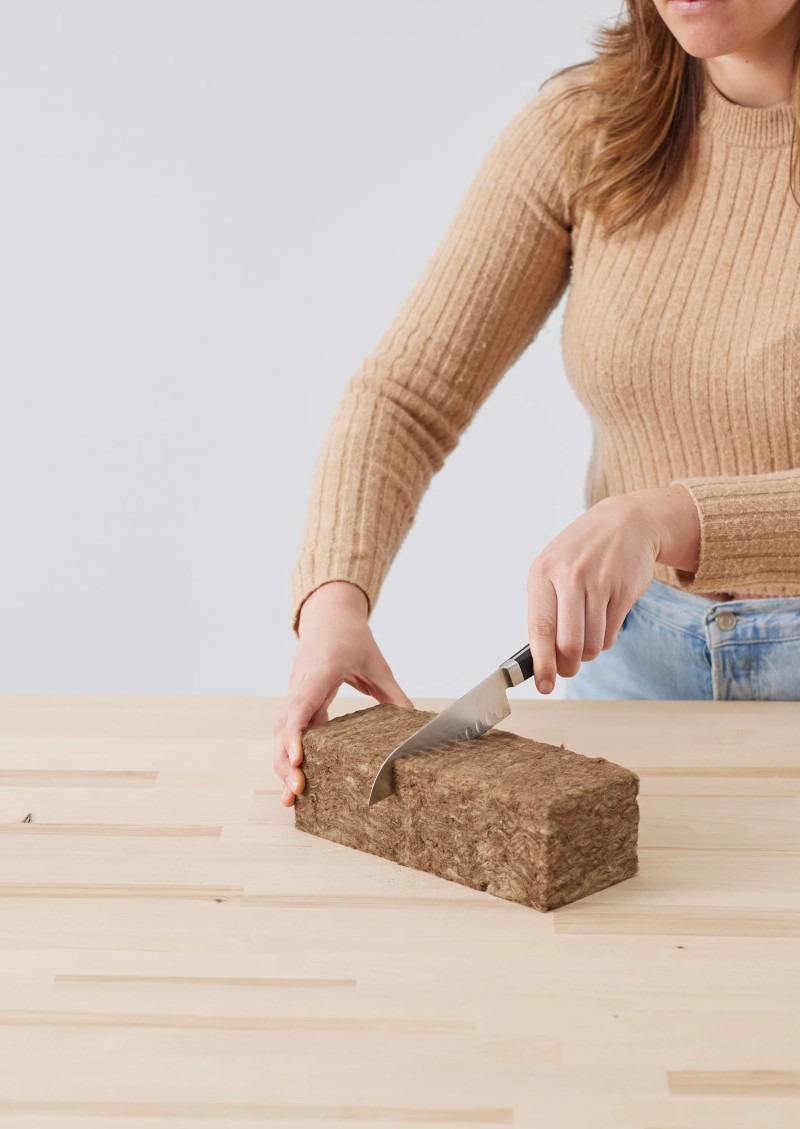
Agra-Wool (not wool from sheep!) is made from rockwool, a mineral fibre made from mostly powdered basalt rock that is spun with sugar to provide a nontoxic alternative to plastic floral foam.
It takes just 15 seconds to saturate a brick. It’s a mineral (so not compostable) but will biodegrade into rock dust. An American company also has invented compostable eco flower wrap (why not here?)

